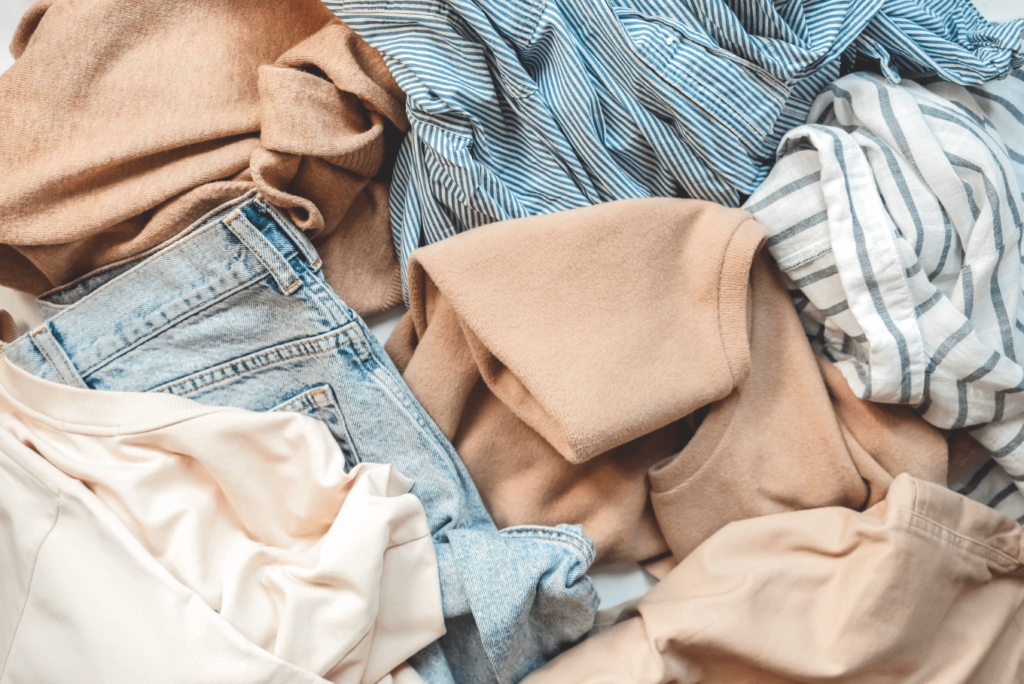Quantis’ Mireille Faist, Larissa Lienhard and Sabine Loetscher were recently appointed by the Swiss Federal Office of the Environment (BAFU/OFEV/FOEN) to study the current flows of used textiles in Switzerland.
The objectives of this study is to describe and quantify textile waste flows in Switzerland but also to idenfiy the current circularity obstacles, data gaps and potential optimization of available data.
Key learnings include:
- About 98% of the textile waste is sorted outside Switzerland. Indeed, sorting is done mainly by hand and therefore sorting in Switzerland is only financially possible in the context of social programs.
- Around 60% of the sorted textiles are sold as second-hand. However, this includes sales outside Europe. A Fashion for Good study estimates that around 40% of second-hand sold outside Europe ends up on landfills.
- Almost no consistent information on average fibre composition or textile types of the collected textile waste is available. Textile collectors only did a few analyses of small samples.
- The business model of textile collectors depends on being able to sell to second-hand market. Changes in the regulation might impair the business model as more textiles are likely to be given to textile collection but with a lower quality, thus increasing the costs.
The need for a more circular textile industry, as well as the awareness of the negative effects of ultra-fast-fashion especially in terms of overproduction, are widely recognized both by consumers and institutional counterparts, such as BAFU, who commissioned this study.
This study brings more clarity to textile waste flows in Switzerland. However, it also shows that significant data gaps persist for aspects that are key to enabling more textile-to-textile recycling, such as the fiber composition or textile types. More research and data transparency are needed in order to accelerate progress on mitigating textile waste impacts.

